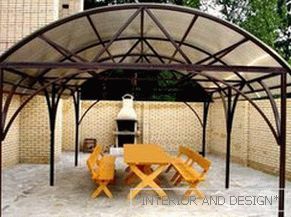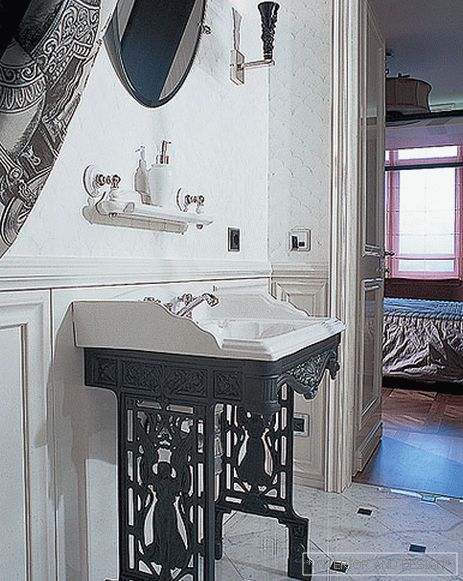Jean-Charles de Castelbajac invented the textile collection for the House of Jules Pansu: tapestry and cushions with distinctive bright graphics created in honor of the 140th anniversary of the House.
Related: Paul Smith and the Polka Dot
Jean-Charles de Castelbajac is not inclined to share his creativity, giving himself to his favorite disciplines - art, fashion and design - equally. Through a loom, Castelbazhack missed work with the deep title Spiritual Past. The “Past” demanded strict adherence to the original colors and expressive pattern.
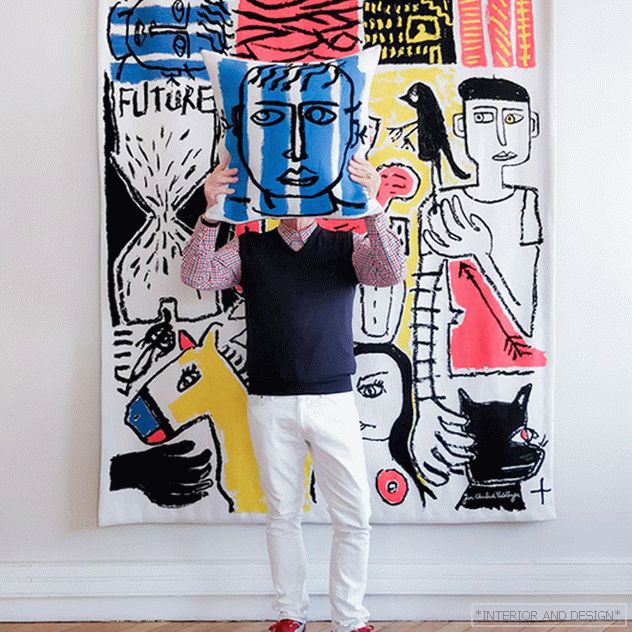
Jean-Charles de Castelbajac is known as an artist who knows no boundaries. At 68, he actively uses social networks, is read by Pushkin and believes that the best way to rest is to take up a pencil and a pencil. Marquis's son, he loves surprises, spontaneity and flaws.
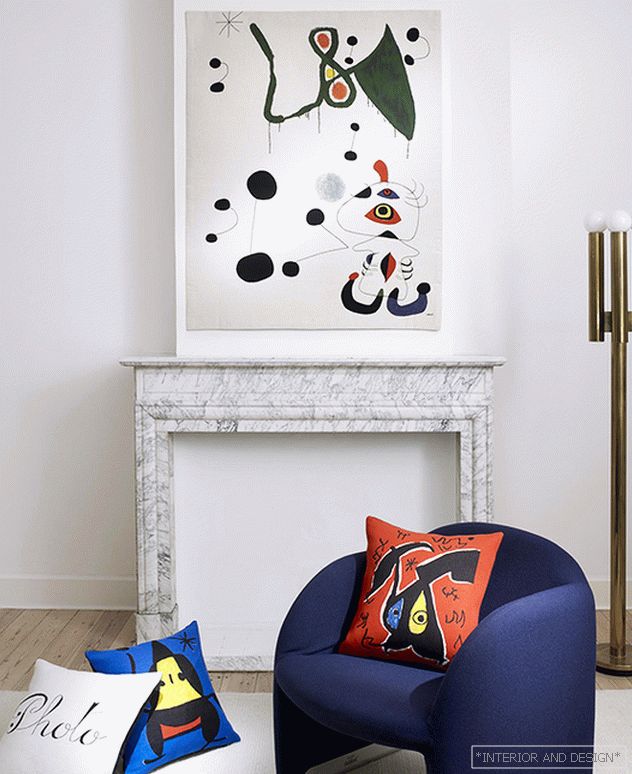 Juan Miro performed by the Jules Pansu Textile House.
Juan Miro performed by the Jules Pansu Textile House. House Jules Pansu - the only publisher of textiles, which received the rights to the images of paintings by Pablo Picasso. Accurate transfer of color and its complex gradations, excellent quality of performance is also distinguished by other interpretations of the magnificent painting of the 20th century - the works of Juan Miro, René Magritte, Wassily Kandinsky.
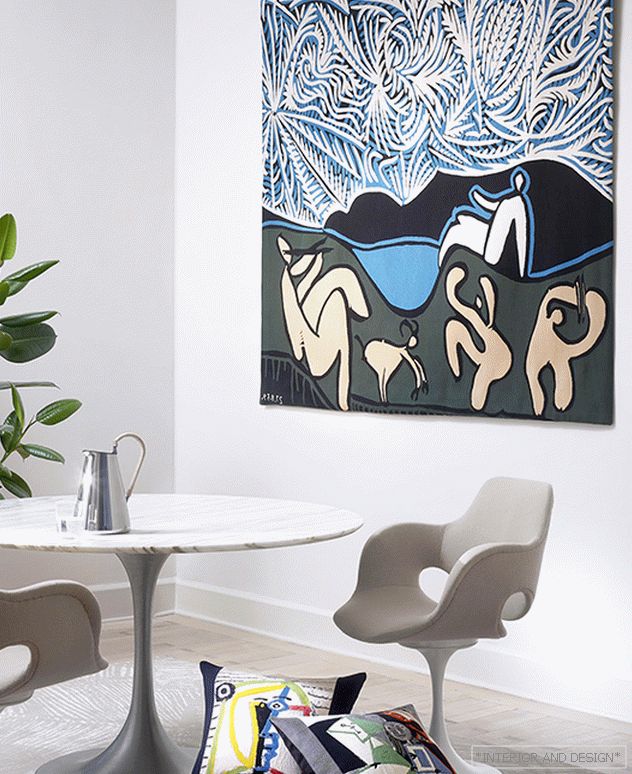 Pablo Picasso performed by Jules Pansu Textile House.
Pablo Picasso performed by Jules Pansu Textile House. French tapestries produced by Jules Pansu (the case was founded in 1878) are woven according to ancient technology by craftsmen, three of whom were awarded the honorary title of the best masters of France (Meilleur Ouvrier de France). The pride of artisans for their works is expressed in the certificate of authenticity - on the back of each tapestry, the author indicates the type of weaving, the name of the work, the plot and its era.


